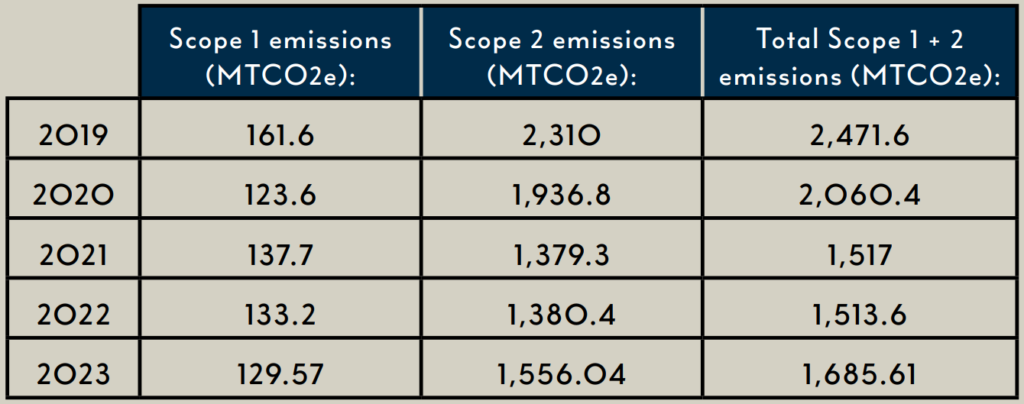Sustainability at Lamons
At Lamons, we are dedicated to finding ways to solve the many challenges facing our customers, our world, and our future. We vow to always operate with excellence and are committed to protect the environment, as well as the people who live in it.

Our Corporate Sustainability Statement
We are steadfast in our devotion to sustainability. We will be the best Lamons citizens by stewarding the environment, our organization, and our families.
Lamons has worked with KERAMIDA Inc., a global ESG and Sustainability consulting firm, to help develop our sustainability program and disclose our ESG performance. As we strive to achieve our sustainability goals, KERAMIDA advised us on effective and actionable initiatives that will drive improvements in key ESG performance areas. In addition to monitoring and evaluating our environmental performance, KERAMIDA conducted Lamons 2023 inventory for Scope 1 & 2 emissions that will progress to include tracking our Scope 3 emissions as well.
Lamons Environmental Footprint Reduction Program incorporates plans for:
- Understanding Lamons customer requests, industry norms, and expectations around energy, water, and waste reduction
- Research into GHG reduction strategies, and developing a roadmap for GHG reductions
Environmental, social, and (corporate) governance
Lamons key areas of focus for corporate social responsibility (CSR) include: environmental, labor and human rights, ethics, and sustainable procurement.
| Environment | Labor & Human Rights |
| Operations | Human Resources |
|
|
| Products | Human Rights |
|
|
| Ethics | Sustainable Procurement |
|
|
| Environment | Labor & Human Rights |
| Operations | Human Resources |
|
|
| Products | Human Rights |
|
|
| Ethics | Sustainable Procurement |
|
|
| Environment |
| Operations |
|
| Products |
|
| Labor & Human Rights |
| Human Resources |
|
| Human Rights |
|
| Ethics |
|
| Sustainable Procurement |
|
Through the EcoVadis evaluation, Lamons demonstrated a structured and proactive CSR approach, policies and tangible actions on major issues, and basic reporting on actions or performance indicators.
Our Greenhouse Gas Emissions Reporting
Through constant improvement of our products, processes, and services, we do our part to reduce greenhouse gas (GHG) emissions and steward the environment for future generations. As part of our commitment to future sustainability, we track and report our Scope 1 and Scope 2 GHG emissions.
Scope 1 emissions are direct GHG emissions that occur from sources that are controlled or owned by an organization (e.g., emissions associated with fuel combustion in boilers, furnaces, vehicles).
Scope 2 emissions are indirect GHG emissions associated with the purchase of electricity, steam, heat, or cooling. Although Scope 2 emissions physically occur at the facility where they are generated, they are accounted for in an organization’s GHG inventory because they are a result of the organization’s energy use.
Lamons Greenhouse Gas Emissions

We are on track to report higher Scope 1 emissions (from combustion), but lower Scope 2 emissions (from electricity use) at the end of 2023. Our estimates for Scopes 1 and 2 take the following factors and strategies into account:
- Colder weather will increase Scope 1 emissions
- Rooftop solar (renewable energy) will reduce Scope 2 emissions
- Lighting retrofit (energy efficiency) will reduce Scope 2 emissions







